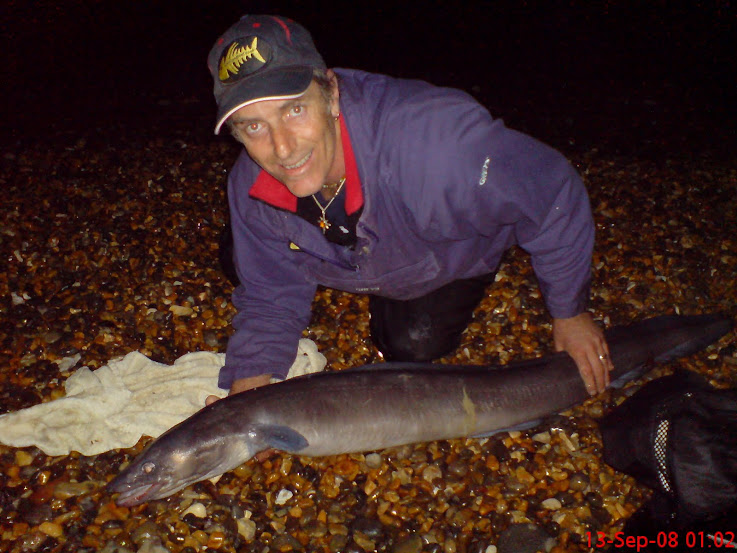The best time to collect peeler crabs is at low tide. They can be found in rock pools, under rocks and around walls and piers stanchions, some anglers will set crab traps by means of laying old tires, around rocks or gullies as well as using guttering stuck in to the sand, some anglers will set rocks out that are covered in weed to help create a natural looking environment for the crab to hide. Collection is done at each low tide, those with traps will be down to the area before the water has uncovered them to ensure they are first to get to their traps, others will stroll along the beach lifting rocks and digging down to try and locate the crab, it is important that you replace any rocks that you move to ensure that the smaller creatures attached to the rocks survive.
There are various ways of checking if the crabs are peeler crab or not, Break away a small segment of the crabs 2nd to last leg, make sure you do not do this to the crabs very last leg as this is its "swimming" leg and is important to it, once you have removed the segment if there is a new soft leg underneath then you have a peeler, if you just get a white sinu then you have a hard back crab and it is no use. On inspection you may see that the rear part of the shell is lifting away from the main crab, this is generally called a "popper" and is perfect for immediate use. "Softies or Jellies" are crabs that have peeled on the last tide, these are generally found on the surface, under weed or rocks, again these are perfect for immediate use. Crab traps must be kept cleaned out, you do not want them to fill with sand as this may mean they get covered, guttering jammed in to the sand must not be set in a an area where people are likely to walk. If you are going to walk along the beach and collect crab from the rocks etc, then it is a good idea to take a small hand held garden fork with the ends bent downwards, this will assist you in locating the crab as they can be as far down as 3 inches and were there is one crab there are probably many more as they tend to live in colonies.

No comments:
Post a Comment